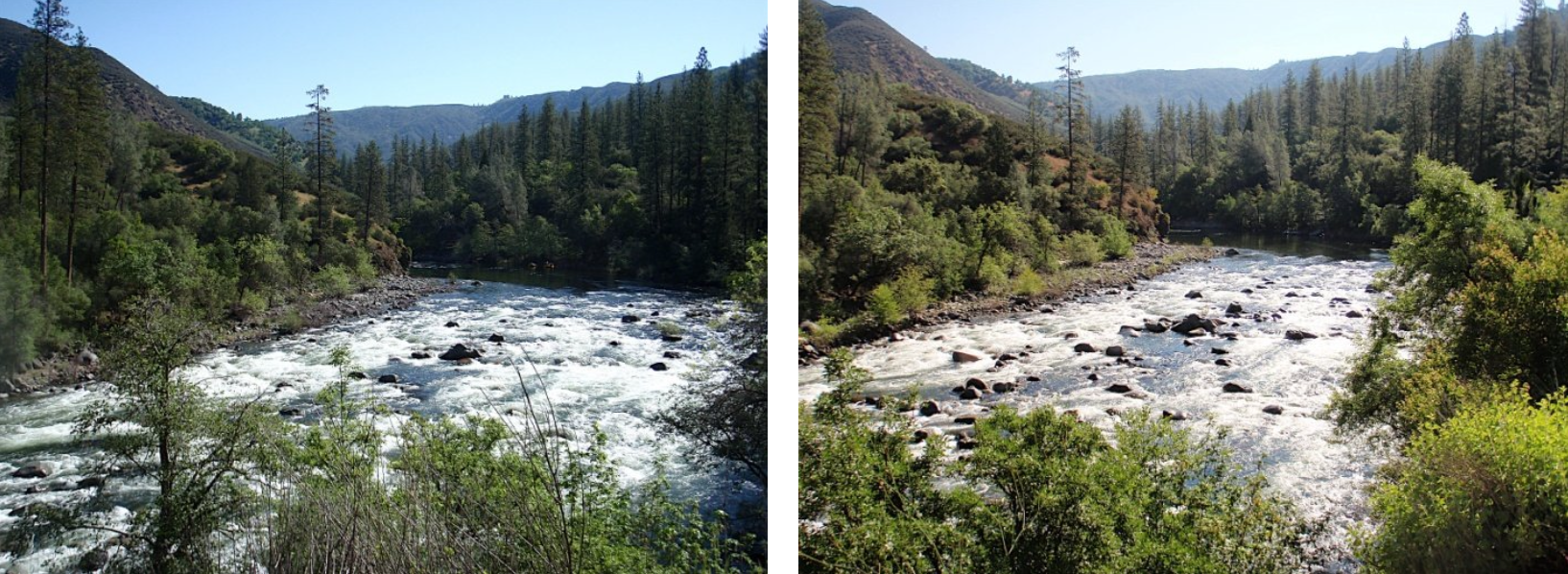The flows on the Tuolumne River typically have a diel pulse from the dam that corresponds to rafters and kayakers as well as with peak demand for hydropower. Flowrates are known to vary between 200 cfs at night and 1400 cfs during the day. This year despite, being a below average year in precipitation has been very different for the month of June. Late precipitation has filled Hetch Hetchy and New Don Pedro is high too. As a result, the “god” of Hetch Hetchy Water and Power has been able to release much larger quantities of water. Our first trip saw flows close to 1700 cfs and our second saw flowrates close to 2400 cfs.

This changes the dynamics of what is expected in the river and makes research for the typical conditions difficult to formulate conclusions. Some of the things we were hoping to study were the “snot fluxes” that occur as a result of the pulse flows. With a constant flow rate, these snot pulses are not as significant as they would be otherwise. Also, with bigger water, presence and absence can be difficult to determine for biological species. Higher flows move more sediment creating inconsistencies in mapping when the channel cross sections change. The higher regulated flows overpower the small unregulated flows of the Clavey River and the North Fork Tuolumne River. Both of these tributaries have experienced most of their spring flow recession and are leveling off at their summer base flow. As a result the mainstem will outweigh any interactions with the tributaries for temperatures and water quality changes. Flow separations due to the tributaries will also be smaller and parts of the bars downstream of the tributaries are inundated or worn away. At the higher level of flow, rafting is easier because there are fewer exposed rocks. This creates more lines to run the rapids decreasing the technical nature of the river. Holes can be washed out when more water spills over the rocks and minimizes the recirculation zone after a certain depth.
